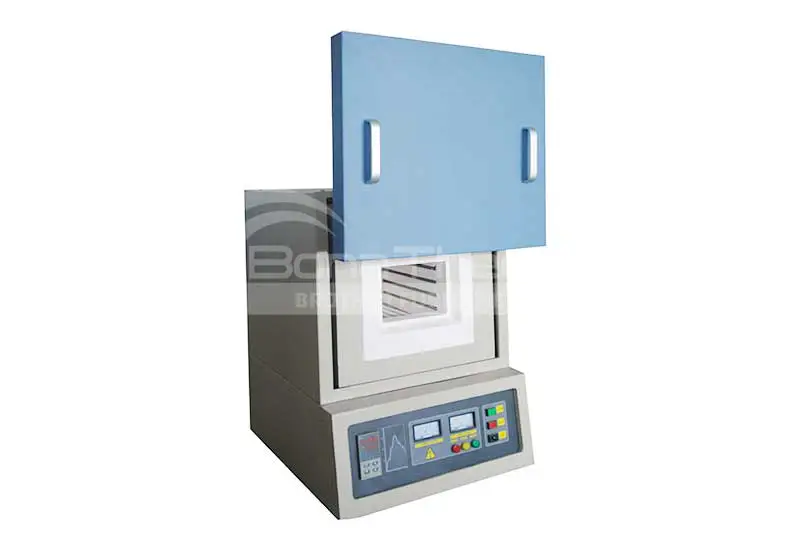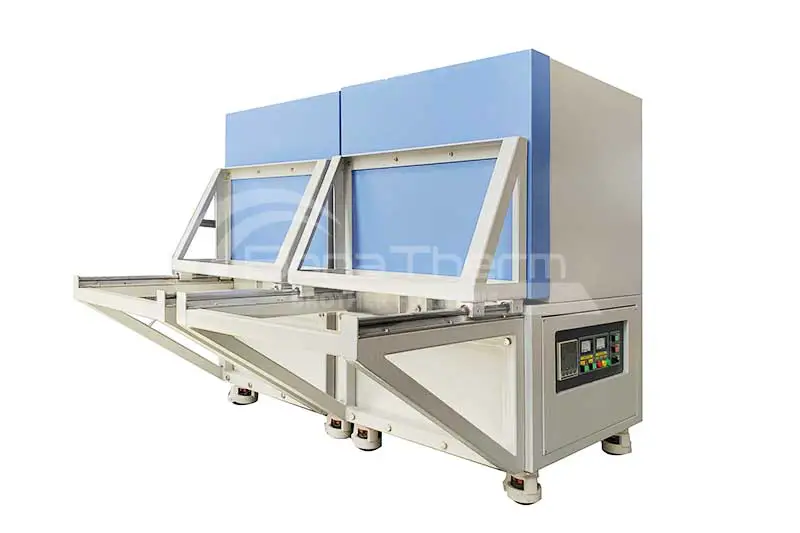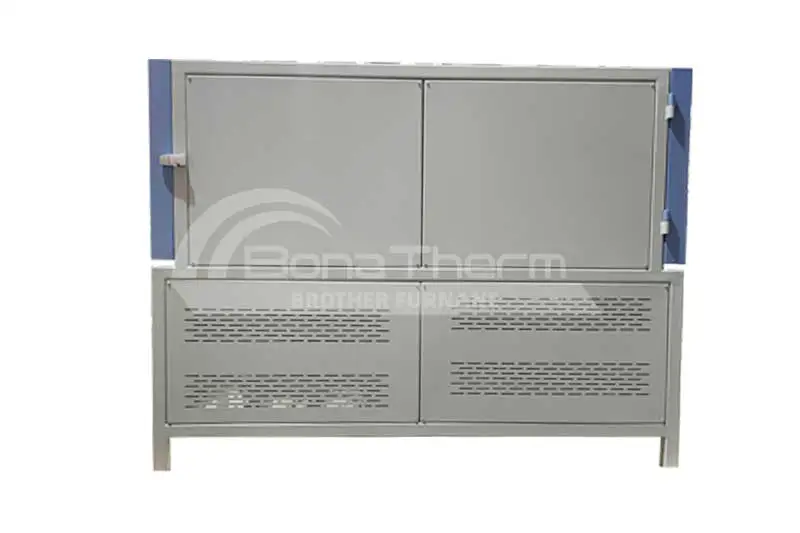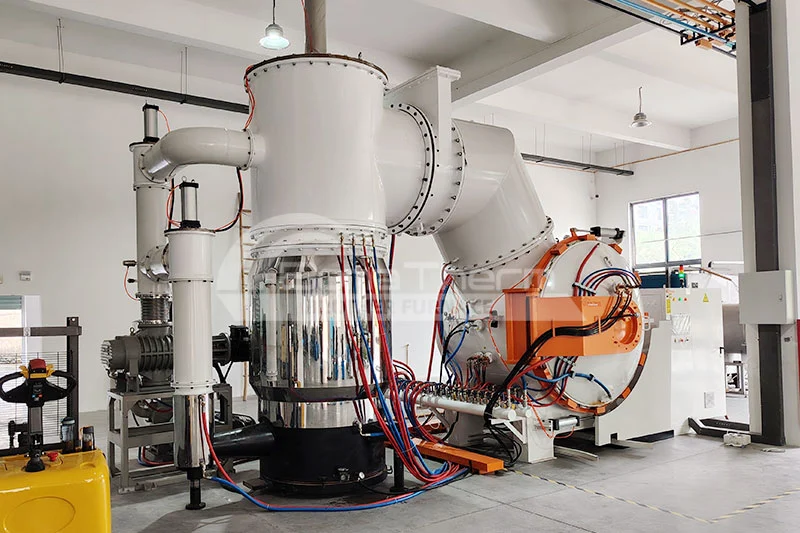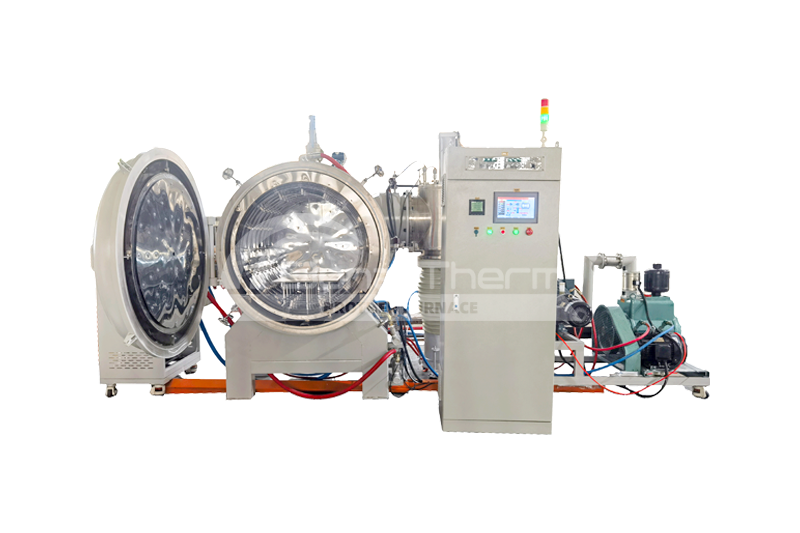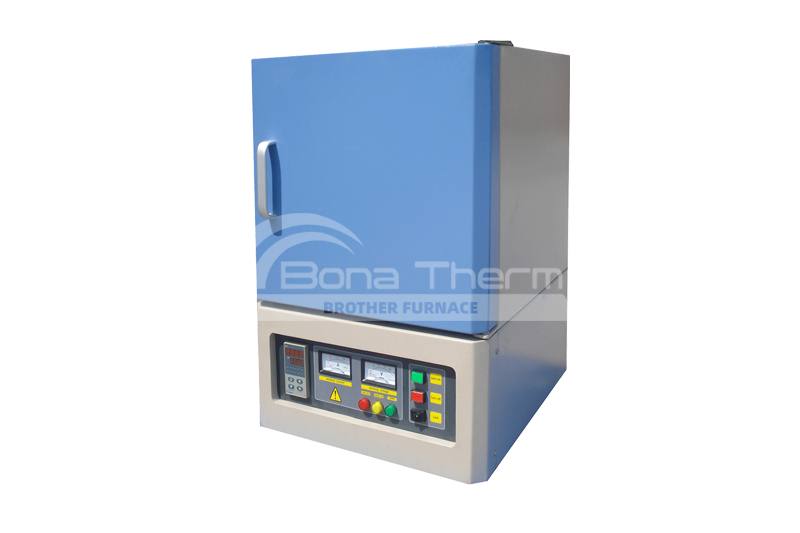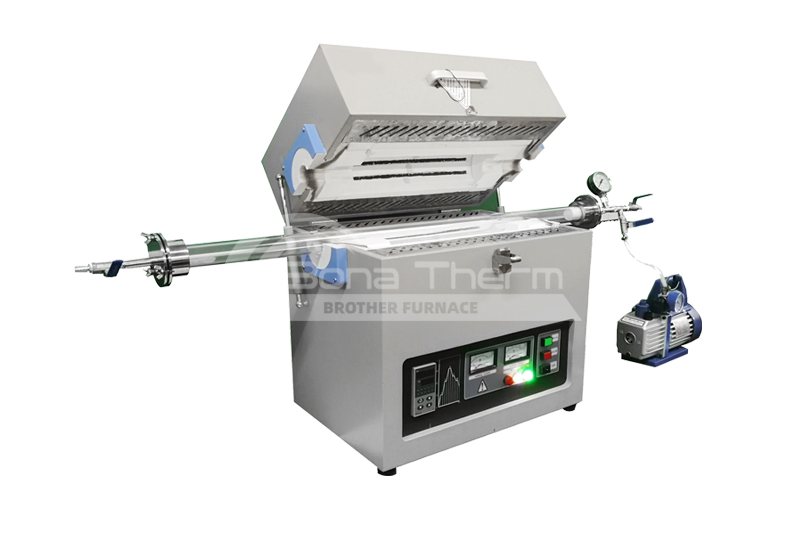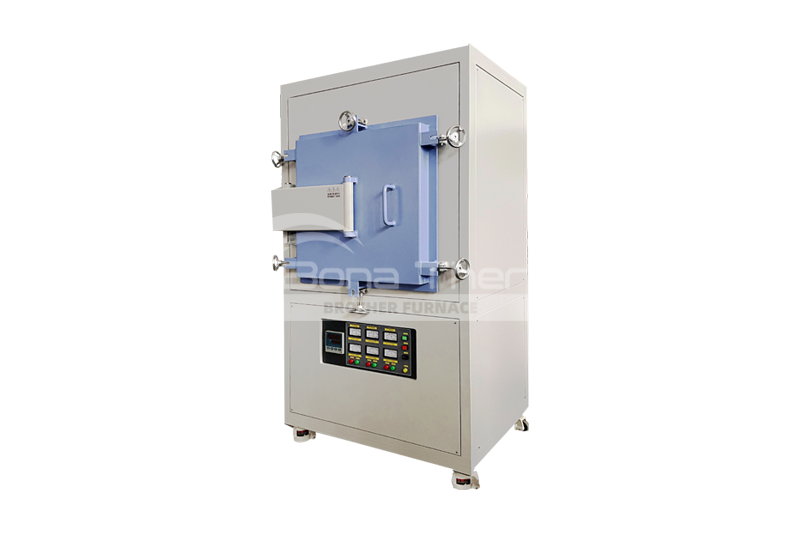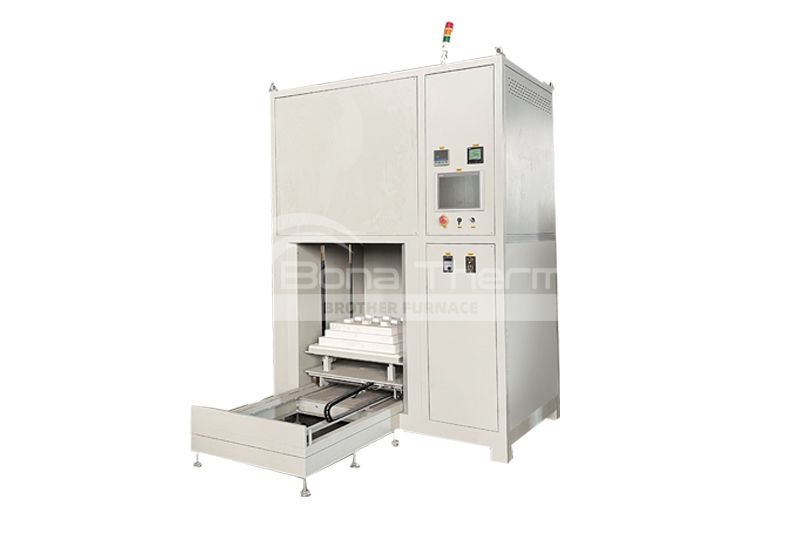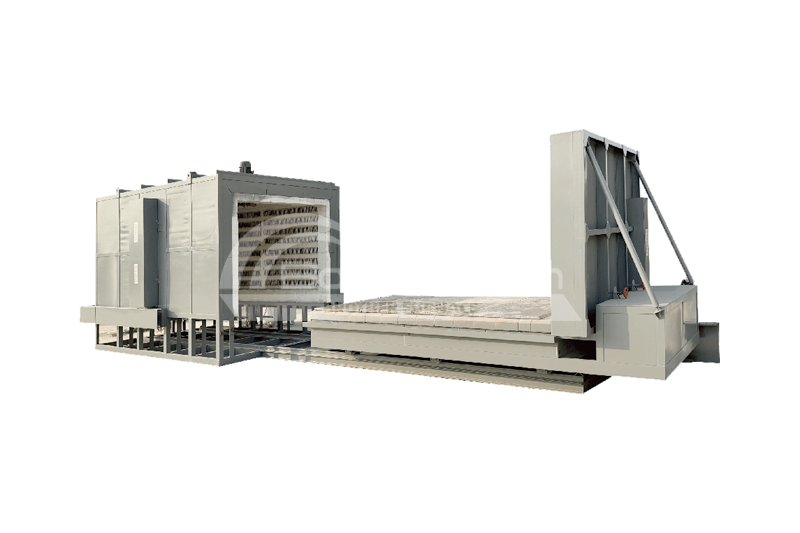Insufficient Oil Temperature in Diffusion Pumps: An In-Depth Analysis of a Hidden Killer in Vacuum Furnaces and Backstreaming
 BROTHER FURNACE
BROTHER FURNACE
 2025-09-23 19:57
2025-09-23 19:57
In the field of vacuum heat treatment, maintaining a clean, high-vacuum environment within the furnace is critical for ensuring product quality, such as preventing oxidation, decarburization, and achieving a bright surface finish. The oil diffusion pump, a key component for achieving high vacuum, plays a decisive role in the integrity of this line of defense. Among its failure modes, "backstreaming" is one of the most troublesome issues, and insufficient oil temperature in the diffusion pump is a primary cause of severe backstreaming. This article provides an in-depth analysis of the principles and hazards, offers comprehensive solutions, and highlights how to safeguard the purity of your vacuum processes.
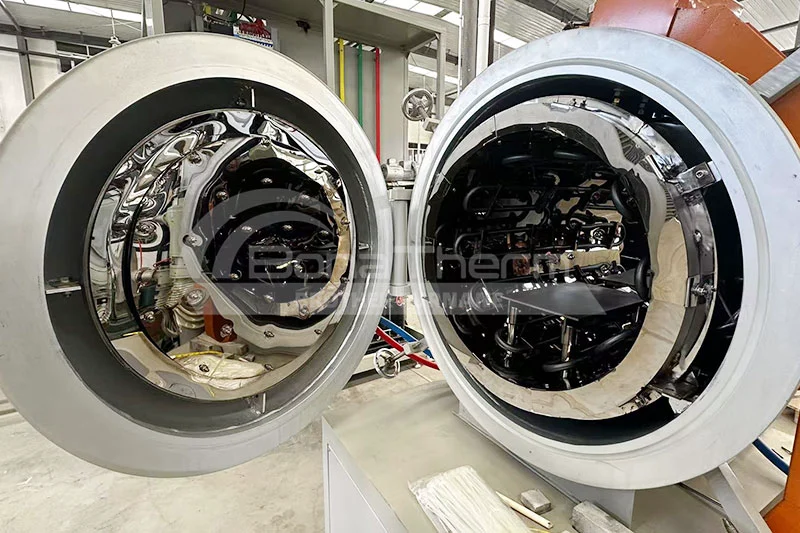
The Core Principle: How Does a Diffusion Pump Work?
To understand the dangers of "insufficient oil temperature," we must first understand the normal operation of a diffusion pump. It is a purely physical process with no moving parts, and its high efficiency stems from clever energy conversion:
Heating to Produce Vapor: An electric heater at the bottom of the pump heats specialized diffusion pump oil, causing it to boil and generate a large volume of oil vapor.
Jet Formation: This high-pressure oil vapor travels up internal conduits and is ejected at high velocity from nozzles (typically multi-stage) at the top, forming downward-directed, supersonic vapor jet curtains.
Entrainment and Compression of Gases: These high-speed jets collide with and "capture" gas molecules from the vacuum furnace, using momentum transfer to carry and compress the molecules downward, thereby maintaining a high vacuum at the pump inlet.
Condensation and Recirculation: Upon contacting the water-cooled pump walls, the oil vapor rapidly condenses back into liquid, flows down the walls, returns to the boiler, and is reheated to begin the cycle again.
Exhaust by Backing Pump: The compressed gas molecules at the bottom of the pump are now at a pressure high enough to be efficiently removed by the backing pump (typically a rotary vane pump), ensuring continuous operation of the entire pumping system.
This process illustrates that stable high temperature is the power source sustaining this "vapor jet curtain." If this source is compromised, the entire delicate balance is disrupted.
The Core Crisis: How Does Insufficient Oil Temperature Cause Backstreaming?
Backstreaming refers to the reverse flow of pump oil vapor into the vacuum furnace chamber, contaminating what should be a clean environment. Insufficient oil temperature primarily causes catastrophic backstreaming through two mechanisms:
1. Vapor Jet "Collapse" or "Failure"
When the oil temperature is too low, it cannot generate sufficient volume or velocity of vapor. This leads to:
Weakened Jet Intensity: The jets lack the power to effectively entrain and compress gas molecules, causing a sharp drop in pumping efficiency.
Disruption of Jet Integrity: The pump fails to form a complete, dense vapor curtain, creating "gaps" or weak spots. The high-vacuum zone of the furnace and the higher-pressure zone within the pump are no longer effectively separated. Oil vapor can then back-diffuse into the furnace chamber due to the pressure differential, causing contamination.
2. Rise in Foreline Pressure, Leading to "Back-Diffusion"
Insufficient oil temperature cripples pumping capacity, preventing gases from being effectively compressed for the backing pump. This causes gases to accumulate within the diffusion pump, increasing its internal pressure (a rise in foreline pressure). When this pressure rises sufficiently, it can disrupt the direction of the vapor flow, even causing the pumped gases to back-diffuse into the upper stages of the pump, carrying oil vapor with them into the vacuum chamber—a severe form of backstreaming.
Consequences: Backstreaming deposits an oil film on workpiece surfaces, leading to discoloration (blackening, bluing), carbon streaks, and other defects after heat treatment. This severely impacts product appearance, performance, and yield, while also contaminating the furnace chamber and internal components, requiring time-consuming and costly cleaning.
Prevention: Key Operational Guidelines to Prevent Backstreaming
Strict adherence to operational procedures is essential to prevent backstreaming caused by insufficient oil temperature:
Thorough Preheating is Mandatory: After activating the diffusion pump heater, you must allow sufficient time (typically 30-45 minutes; always consult the equipment manual) for the oil to reach its full operating temperature. Never open the high vacuum valve during the warm-up period. Modern advanced vacuum furnaces incorporate temperature sensors and PLC interlock protection to prevent the high vacuum valve from opening before the set temperature is reached.
Correct Shutdown Sequence: During shutdown, first close the high vacuum valve to isolate the chamber from the diffusion pump. Then, turn off the heater, but you must continue running the pump, cooling wate,r and the backing pump until the oil has cooled down significantly (close to room temperature). This step ensures that any residual hot oil vapor is pumped away by the backing pump during cooldown, rather than backstreaming into the vacuum chamber.
Utilize Protective Barriers: Install a cooled chevron baffle or cold trap between the diffusion pump and the vacuum chamber. These components are highly effective at condensing any potential backstreaming oil vapor, serving as a crucial last line of defense for the chamber and workpieces. Regularly check the cooling efficiency of these components.

